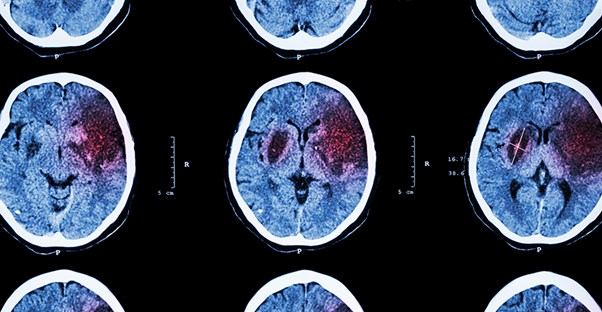Traumatic brain injury (TBI) is very different from injuries elsewhere on the body. Although the actual physical action of injury may be similar, the effects are much more severe. While most of the body will heal given enough time, injuries to the brain often heal very slowly—and sometimes not at all. In some cases, other parts of the brain must learn to undertake tasks for the part of the brain that was injured. Sometimes, trauma may be severe enough to cause amnesia: the injured party may not even realized the event has occurred.
TBI requires extensive support from family and caretakers, as nearly every aspect of an individual’s life can be changed by brain injuries. Here is a look at some of the aspects of TBI.
TBI Causes
TBI is any injury occurring to the brain from external sources or internal sources not present at birth—including, but not limited to, blows to the head, objects piercing the skull and brain, structures torn by intense rotation or jolting, internal bleeding, lack of oxygen (hypoxia), stroke, and many other possibilities.
According to the Mayo Clinic, common causes of TBI include falling, car accidents, sports, and explosions or other combat injuries (especially in reference to active military members). In some cases, the point of contact of the injury is not where the trauma occurs—because the brain has a squishy surrounding, it can move around inside the skull.
Depending on the impact, the brain can react much like smacking the end of a catsup bottle to move the catsup to the other side. Although the skull is hit on the right side, the left side can rebound off the inside of the skull, causing damaging there additionally or instead.
TBI Symptoms
The brain is responsible for every aspect or every bodily function, from automatic processes (like breathing, blinking, and digestion), to motor function (walking), communication, sleep, personality, and many other things—some we may not even be aware of yet!
Depending on where the trauma occurs and to what extent, any number of these functions may be disrupted. When TBI occurs, the results may fall anywhere on a spectrum of mild to extreme symptoms, although mild and severe are the two main categories used to describe it.
- Mild TBI: When the effects are mild, disorientation or confusions lasts for less than half an hour, and imaging tests generally look normal. Loss of consciousness is nonexistent or lasts only a few minutes. The individual may experience headaches, sleep disruption, nausea, or difficulties with balance. Sensory issues—such as blurry vision, change in olfactory abilities, or light sensitivity—are common as well. Cognitively, there may be mood swings, trouble concentrating, and feelings of anxiety or depression.
- Severe TBI: Severe effects last much longer—an individual may be unconsciousness for hours. Additionally they may have weak extremities, dilated pupils, slurred speech, persistent headaches, nausea, seizures, drainage from the ears or nose, or personality changes. The exact part of the brain affected has a strong impact on symptoms, as each section is responsible for different functions.



